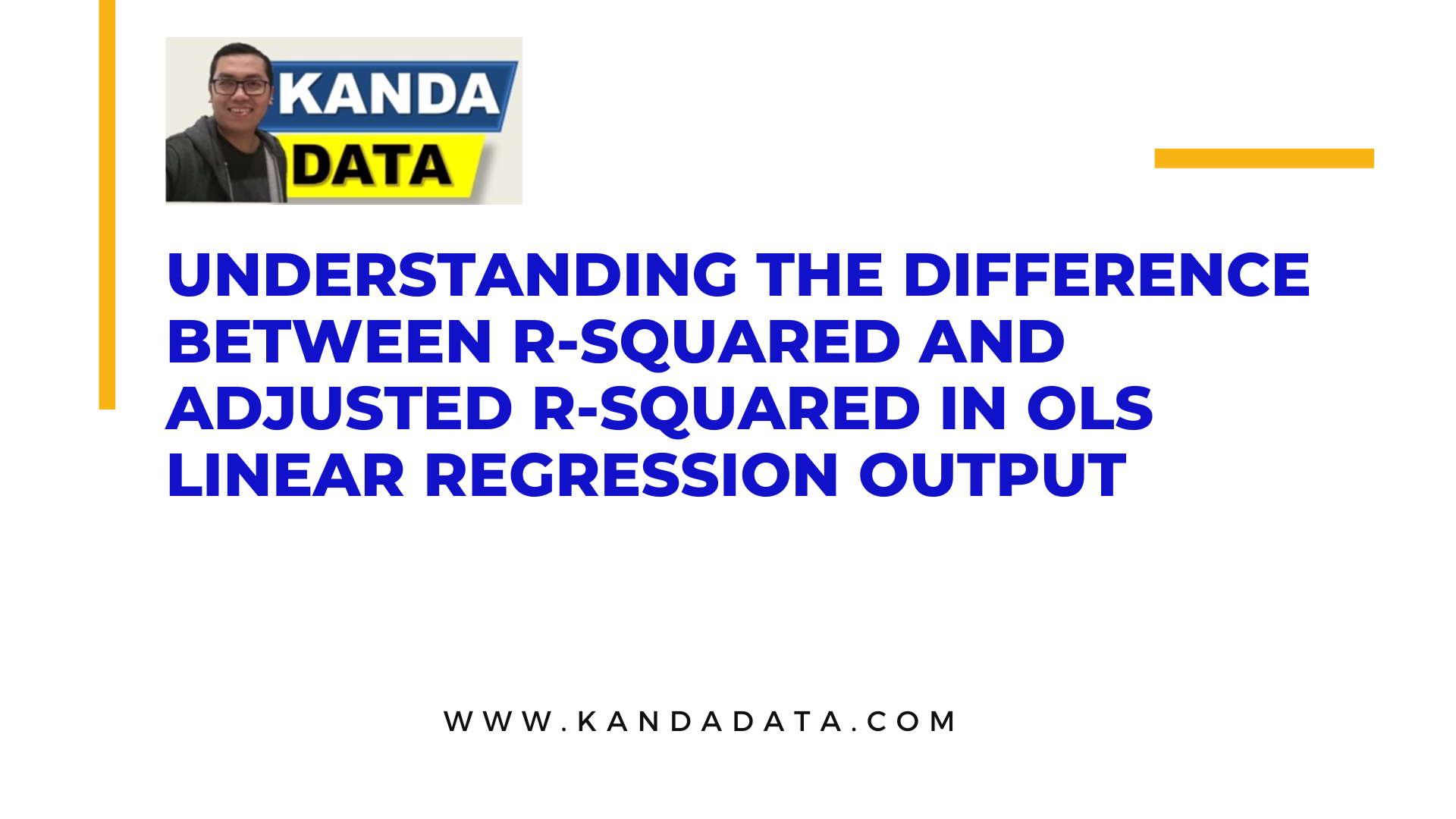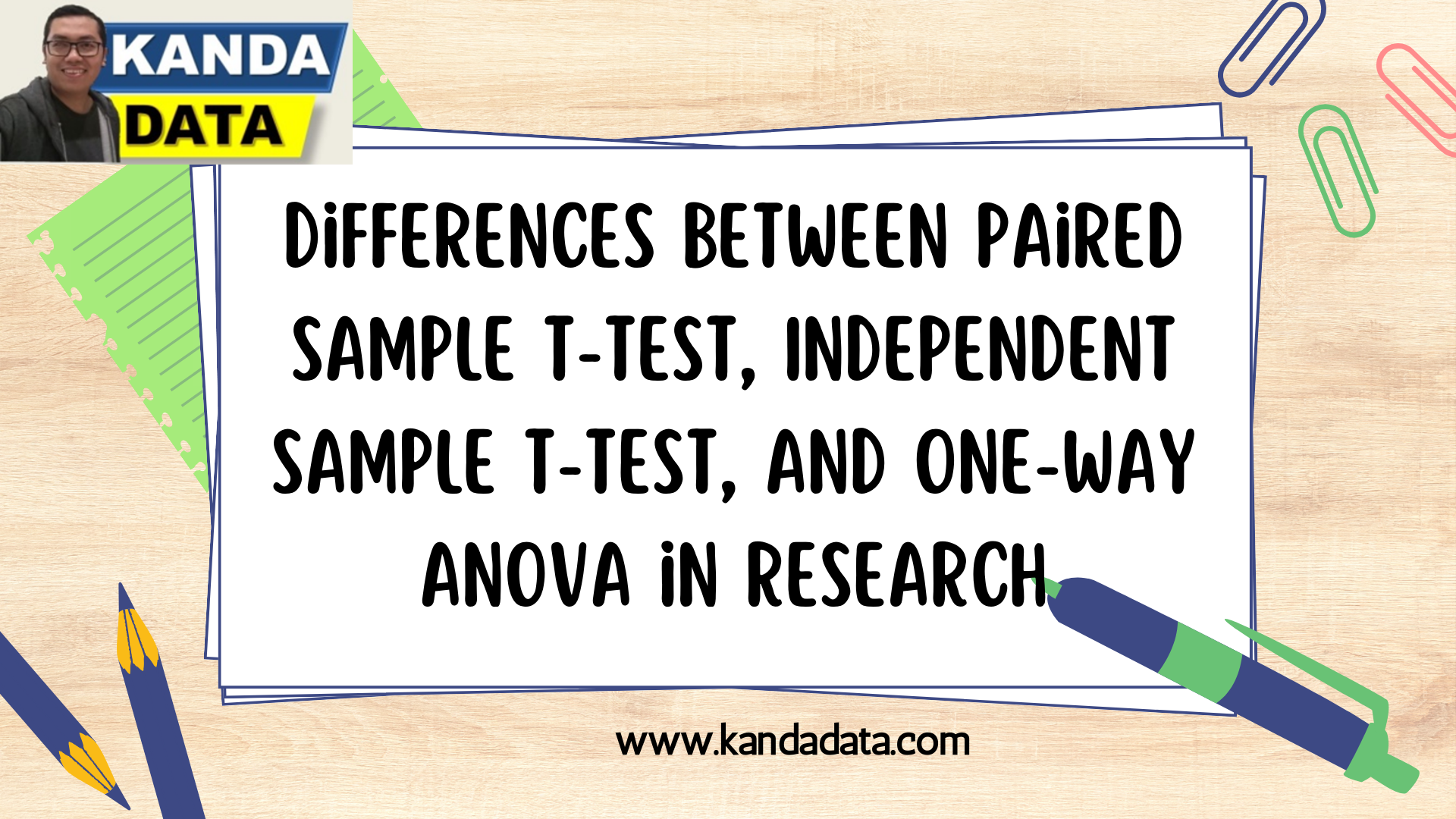Tag: statistics
How to Determine the F-Table Value (F Critical Value) in Excel
In assessing the fit of a linear regression model, researchers need to find the critical values from the F-distribution (F-table). Typically, researchers often use these tables to evaluate the results of regression analysis. However, with technological advancements, determining the F-table value can easily be obtained using Excel.
How to Determine the T-table (T critical value) in Excel for Linear Regression Analysis
In linear regression analysis, to determine the significance of the regression coefficients, researchers need to find the critical values from the t-student distribution (T-table). Typically, researchers often use these tables to evaluate the results of regression analysis. However, with technological advancements, determining the T-table value can easily be obtained using a spreadsheet, such as Excel.
How to Analyze Correlation between Ratio and Ordinal Scale Variables (Different Measurement Scales)
In correlation analysis, we often use Pearson correlation to test the relationship between variables measured on a ratio/interval scale. Variables measured on a ratio/interval scale have a greater potential to meet the normality assumption for data testing.
Tutorial on How to Calculate Residual Values in Excel
Regression analysis is already widely used by researchers to explore the influence of independent variables on dependent variables. If we use regression analysis, we must have a good understanding of residual values. These residual values are needed in regression analysis. In addition, in the assumption tests required in linear regression analysis using the ordinary least square method, some also use residual values.
Understanding the Difference Between R-squared and Adjusted R-squared in OLS Linear Regression Output
R-squared (R²) and Adjusted R-squared (R² adjusted) are key metrics frequently used to assess the effectiveness of a linear regression model. The R-squared value provides information about the proportion of variability in the dependent variable explained by the independent variable in the linear regression equation.
Data That Cannot Be Transformed Using Natural Logarithm (Ln)
In quantitative data analysis, data transformation is not a new concept. It is a process of converting the original form of data into another form to improve the data and meet the assumptions required for quantitative data analysis.
Differences Between Paired Sample T-Test, Independent Sample T-Test, and One-Way ANOVA
Differential testing is aimed at determining the mean differences in the tested sample groups. In practice, paired sample t-test, independent sample t-test, and one-way ANOVA are often used to test means in more than one sample group.
Testing and Interpreting Homoscedasticity in Simple Linear Regression with R Studio
Homoscedasticity is a crucial assumption in ordinary least square (OLS) linear regression analysis. This assumption refers to the consistent variability of regression residuals across all predictor values. Homoscedasticity assumes that the spread of residual regression errors remains relatively constant along the regression line.







